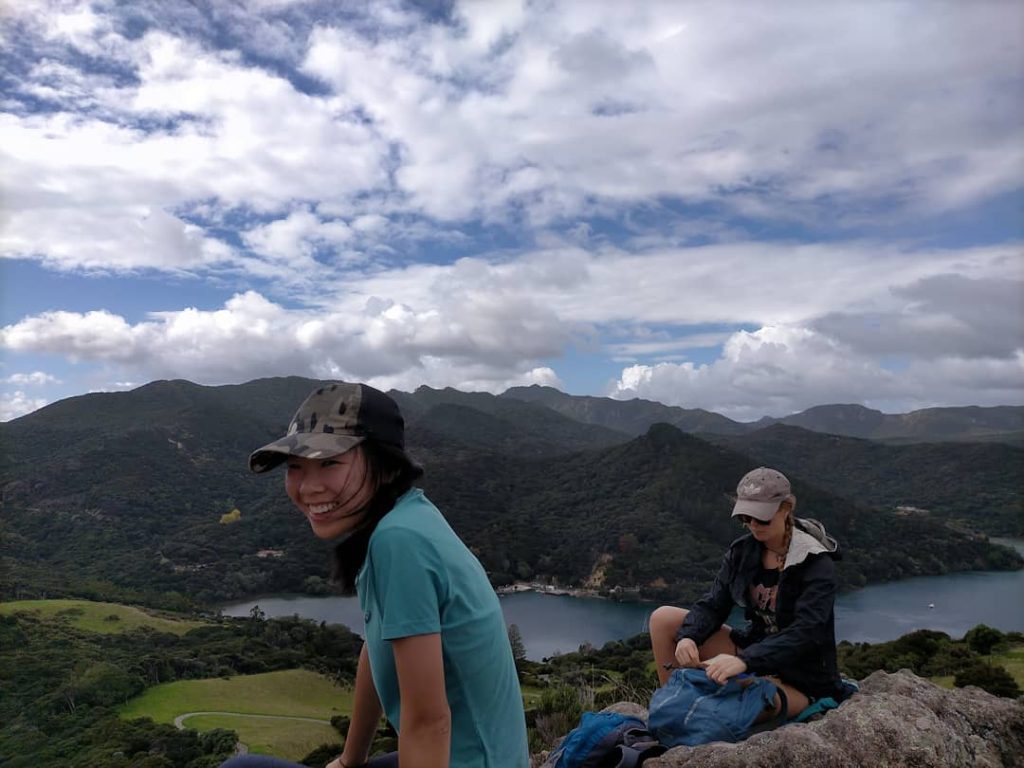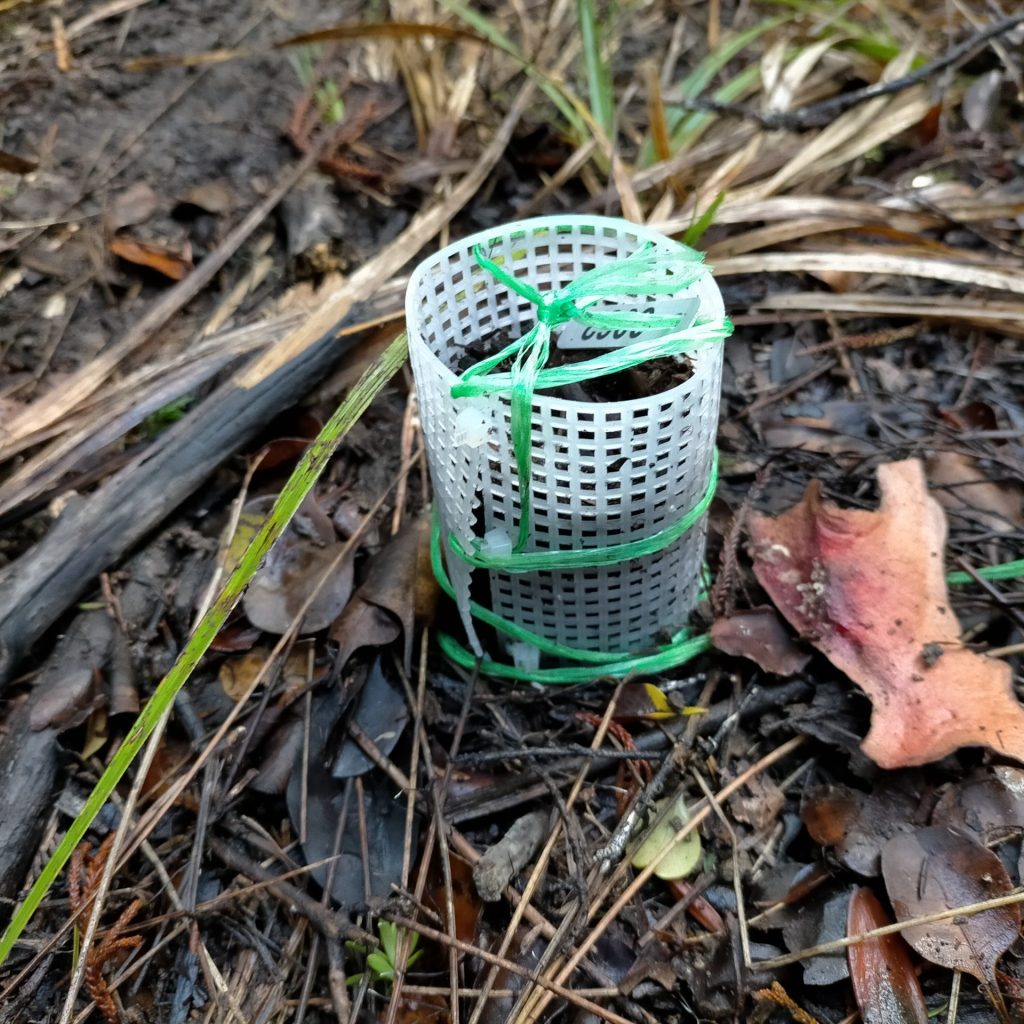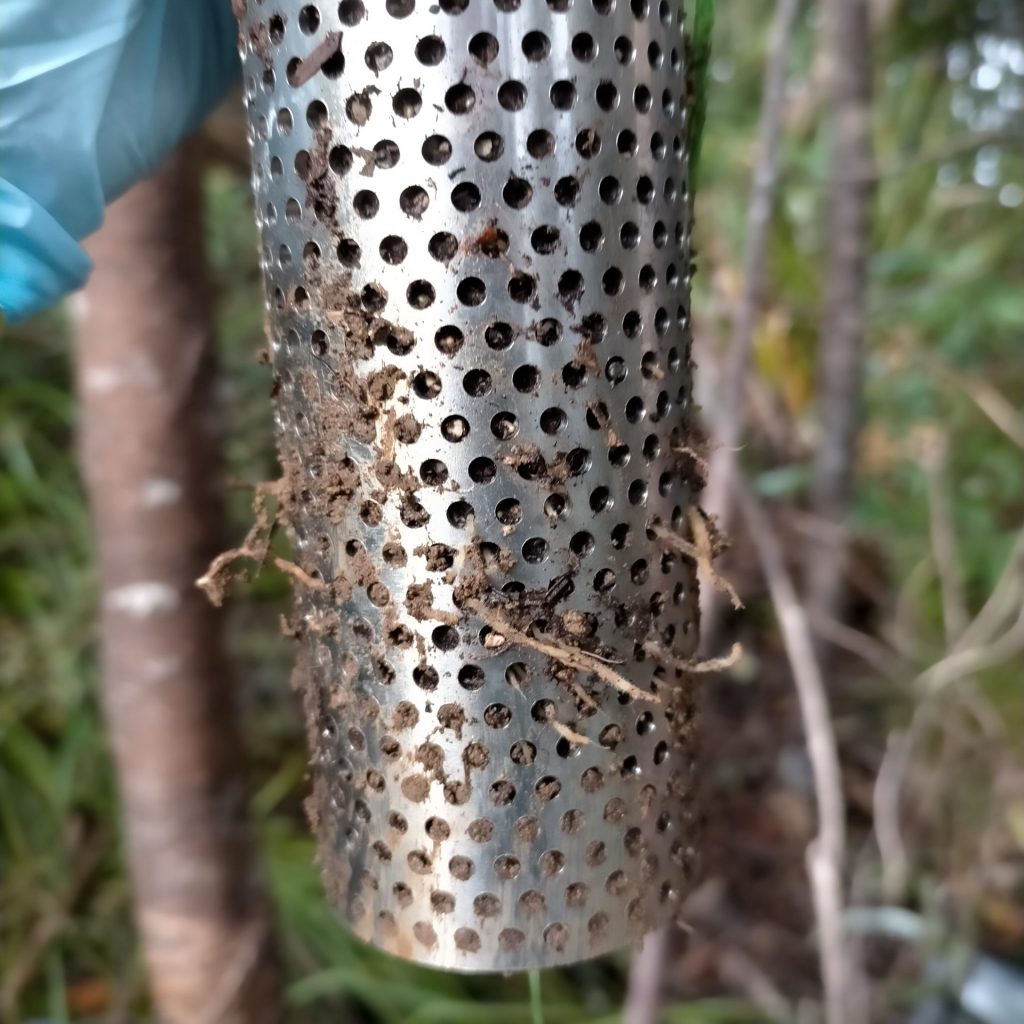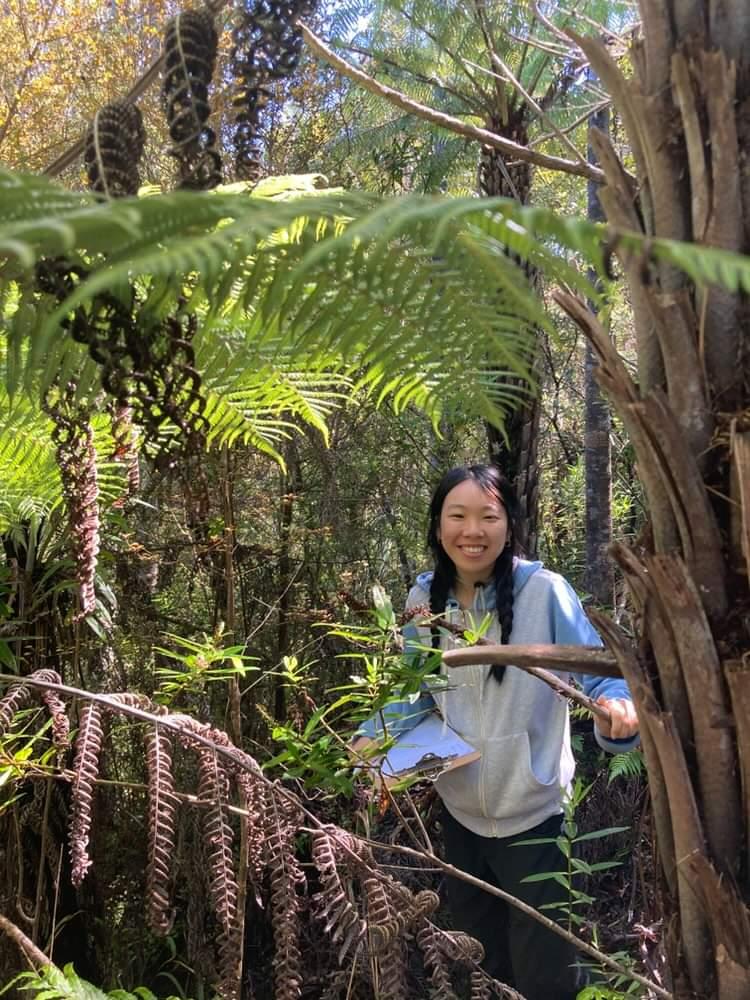Ngā Pī Ka Rere spotlight: What will Jaynie Yang do next?
Meet Ngā Rākau Taketake student Jaynie Yang. She handed in her Master’s in September and is excited to join the workforce, hopefully in a biosecurity capacity. But first, she is collecting data from soil cores to learn more about root production rates in kauri.

Jaynie Yang was born and raised in Rāhui Pōkeka Huntly in the Waikato. While she has always loved the outdoors and the environment, her first true tastes of tramping and outdoorsy sports were at the University of Auckland where she completed her Bachelor of Science in Environmental and Marine Science.
“When I had my environmental classes and my ecology papers, we always had a lot of field trips,” says Jaynie. “I was absolutely obsessed. We would go to some beautiful places, like Shakespear Regional Park and the Waitākere Ranges. That was my gateway to what I’m doing now.”
Through her studies, she was exposed to forest ecology. In her final year, she did a mini project on mānuka forests with Dr. Luitgard Schwendenmann, which cemented her love for forests. She was looking forward to finding work that aligned with her passion after graduating, but the timing wasn’t right.
“I graduated in the middle of lockdown,” says Jaynie. “It was a time when it was very difficult for new graduates like me to find jobs.”
Her solution was to hop from her Bachelor’s straight into her Master’s.
“Luitgard very kindly offered me a Master’s project with the Ngā Rākau Taketake – Saving our Iconic Trees programme,” says Jaynie.
Her project was on the fine root characteristics of kauri trees affected by kauri dieback. Fine roots are one of the sites first affected by Phytophthora agathidicida, the pathogen that causes kauri dieback.
“I wanted to know whether kauri trees affected by kauri dieback had different root production rates than trees that were not affected.”
To do this, Jaynie compared fine root biomass in soil samples from around infected and uninfected trees. She also used ingrowth cores. These are prepared soil cores that she planted near asymptomatic and symptomatic trees.
“I left the cores in the ground for six months so the roots could grow into them,” says Jaynie. “Using this method, I hoped to determine how fast roots were being produced.”



So far, she has only detected minor differences in fine roots. She wonders if this may be due to sample size.
“I only had time to analyse a small subset of the samples before I had to write up,” she said.
Even though she submitted her thesis in September, she’s continued to work with the Risk Assessment & Ecosystem Impacts team as a casual research assistant.
“I’m processing the rest of my cores while I look for a job,” says Jaynie.
Ideally, Jaynie would love to work in a biosecurity type role, researching new biosecurity threats and what can be done to improve protocols and plans. But she’s also open to new opportunities.
“Because I’ve been at uni so long, I don’t really know what is out there,” says Jaynie. “Right now, I’m just trying to get my foot in the door and get some experience.”
Jenny Leonard
December 2022